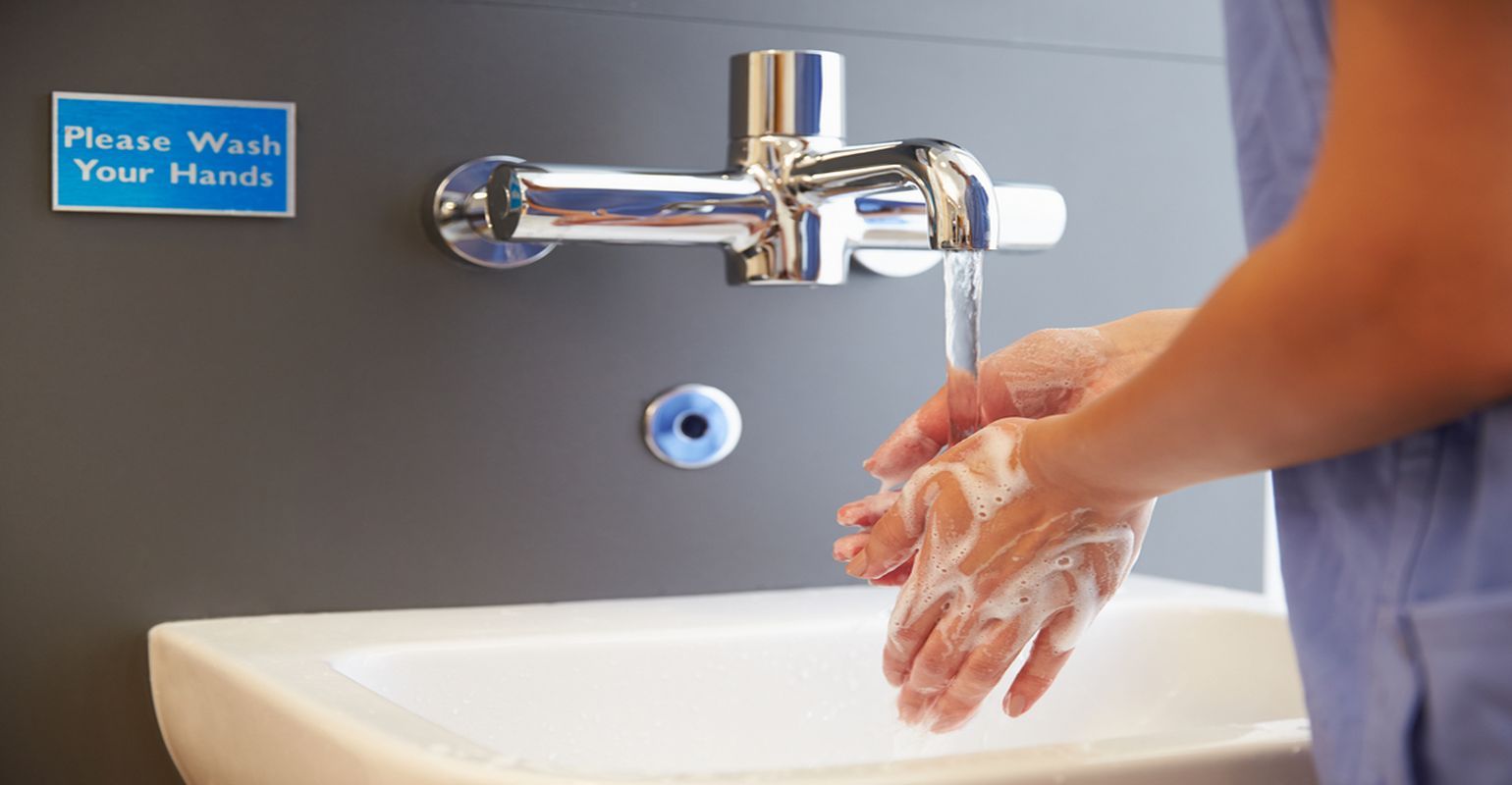Hospital Faucets are Often Home to Slime and Biofilm

Hand hygiene is a critical component of infection prevention in hospitals, but the unintended consequences include water splashing out of a sink to spread contaminants from dirty faucets according to new research being presented this week at the 46th Annual Conference of the Association for Professionals in Infection Control and Epidemiology (APIC).
Researchers at the University of Michigan Health System assessed eight different designs across four intensive care units to determine how dirty sinks and faucets really are. They found that a shallow depth of the sink bowl enabled potentially contaminated water to splash onto patient care items, healthcare worker hands, and into patient care spaces â at times at a distance of more than four feet from the sink itself.
“The inside of faucets where you can’t clean were much dirtier than expected,” said study author Kristen VanderElzen, MPH, CIC. “Potentially hazardous germs in and around sinks present a quandary for infection preventionists, since having accessible sinks for handwashing is so integral to everything we promote. Acting on the information we found, we have undertaken a comprehensive faucet replacement program across our hospital.”
To identify the grime level of the sinks, the researchers used adenosine triphosphate (ATP) monitoring to measure the cleanliness. Visible biofilm was associated with higher ATP readings, and cultures tested over the course of the study grew Pseudomonas aeruginosa, mold, and other environmental organisms.
The research team also found aerators on sinks where they had previously been removed, pointing to an overall inconsistency of equipment protocols across the facility. Included in the design improvement program were sink guards, which were shown to limit splash significantly.
“As we learn more about the often stealthy ways in which germs can spread inside healthcare facilities, infection preventionists play an increasingly important role in healthcare facility design â including in the selection of sink and faucet fixtures â as this study illustrates,” said 2019 APIC president Karen Hoffmann, RN, MS, CIC, FSHEA, FAPIC. “Because the healthcare environment can serve as a source of resistant organisms capable of causing dangerous infections, an organization’s infection prevention and control program must ensure that measures are in place to reduce the risk of transmission from environmental sources and monitor compliance with those measures.”
Source: APIC
Point-of-Care Engagement in Long-Term Care Decreasing Infections
November 26th 2024Get Well’s digital patient engagement platform decreases hospital-acquired infection rates by 31%, improves patient education, and fosters involvement in personalized care plans through real-time interaction tools.
The Leapfrog Group and the Positive Effect on Hospital Hand Hygiene
November 21st 2024The Leapfrog Group enhances hospital safety by publicizing hand hygiene performance, improving patient safety outcomes, and significantly reducing health care-associated infections through transparent standards and monitoring initiatives.
The Importance of Hand Hygiene in Clostridioides difficile Reduction
November 18th 2024Clostridioides difficile infections burden US healthcare. Electronic Hand Hygiene Monitoring (EHHMS) systems remind for soap and water. This study evaluates EHHMS effectiveness by comparing C difficile cases in 10 hospitals with CMS data, linking EHHMS use to reduced cases.